Leaving WA DC Sunday afternoon we had a lovely drive down to Charlottesville, where we spent Sunday and Monday nights. The principal objectives were to see Monroe’s house at Ash Lawn-Highland, and Monticello. They were a short horse ride apart in the old days, and Monroe and Jefferson visited back and forth often.
We went to Monroe’s homestead first, and were glad we did (though it was also because our tickets for Monticello were for the afternoon…). It was a very modest place, which reflected not only Monroe’s disposition but also his history and financial resources. Both men ended their lives in debt, and largely for the same reasons: public service had high expectations of its high-level servants but was not willing to reimburse them for the expenses required to fulfill the expectations. jJefferson also bought everything he could lay his hands on related to his many passions and pursuits; he shipped back 86 cases of belongings from France.
The Monroe house is small and was lovely and what original furnishings are left are beautiful.
There were numerous things I didn’t know about Monroe, and the one that springs to mind is that Mrs Monroe, who had learned French well during their first term of service in France, was responsible for going in person to the Bastille to rescue the wife of one of the Monroe’s oldest friends:
In Paris, as wife of the American Minister during the Reign of Terror, she helped secure the release of Madame La Fayette, wife of the Marquis de Lafayette when she learned of her imprisonment and threatened death by guillotine. The Monroes also provided support and shelter to the American citizen Thomas Paine in Paris, after he was arrested for his opposition to the execution of Louis XVI. While in France, the Monroes’ daughter Eliza became friends with Hortense de Beauharnais, step-daughter of Napoleon, and both girls received their education in the school of Madame Jeanne Campan, who had been an advisor on court etiquette to Marie Antoinette. This association led to a friendship between the family of Napoleon Bonaparte and the Monroes. (courtesy of Wikipedia).
Monticello is entirely a different story, and is well worth reading up on it if you never have, or have forgotten much of it, as I had. The Monroe place had very few visitors; Monticello was crowded all day long. It is extremely well-organized, the docents do an excellent job and the grounds and gardens are as rewarding as the house.
Charlottesville is also home to the University of Virginia, another of Jefferson’s creations.
It’s clearly a college town but also has a lovely historic district, the first pedestrian mall created in the USA, and some fine restaurants. The fact that it was also home to Jerry Falwell is one of its major ironies, as Jefferson was the author of the Virginia Act for Establishing Religious Freedom.
The quad at UVA is spectacular and well worth the visit.
Visits to such places are an excellent reminder of what an extraordinary effort and achievement the American Revolution was, and how high were its chances of not succeeding at all. It’s especially pertinent when you contemplate the long hard work the people of that time put into building for their unknown descendants the civil society that we inherited and the value they placed on education as being critical to the success of the society. Did they all agree at the time? Certainly not, but they knew they needed each other and that compromise was crucial to success.
How did we get to where we are now with such clear lessons in how to make it work?

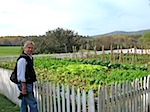
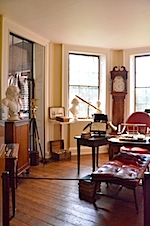

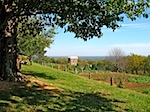
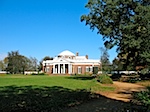
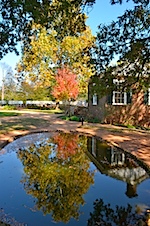
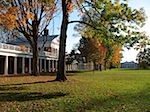
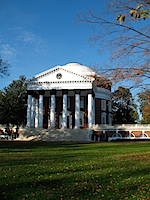
Post a Comment